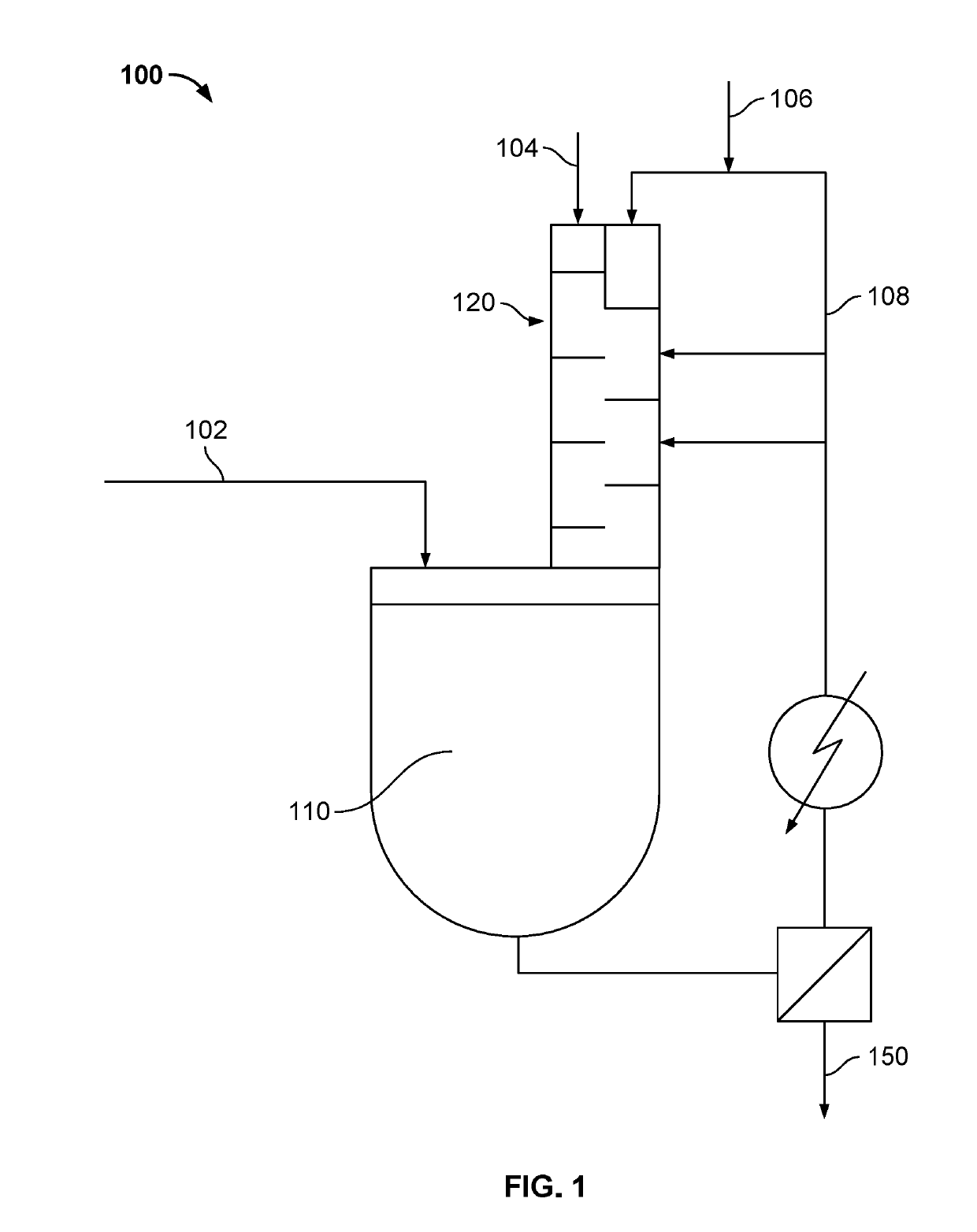Absorbent polymers, and methods and systems of producing thereof and uses thereof
- Summary
- Abstract
- Description
- Claims
- Application Information
AI Technical Summary
Benefits of technology
Problems solved by technology
Method used
Image
Examples
example 1
Synthesis of Absorbent Polymers
[0171]This Example demonstrates the synthesis of a polymer from beta-propiolactone (bPL).
[0172]Polymerization of bPL initiated by poly(sodium acrylate): 2 g of bPL was added to a vial containing 260 mg of poly(sodium acrylate). The reaction was run at 50° C. for 16 h. 1H NMR of the resulting product showed a complete consumption of bPL.
[0173]Thermolysis of PPL branched poly(sodium acrylate): The resulting product from the step above was then thermolyzed at 160° C.-180° C., and acrylic acid generated from the thermolysis was isolated by vacuum distillation. The remaining residue from the thermolysis was poly(sodium acrylate) as determined by 1H NMR, and the collected liquid from the vacuum distillation was confirmed to be acrylic acid by 1H NMR.
[0174]Synthesis of polymer from acrylic acid in neat condition: To a 40 mL scintillation vial equipped with a stir bar and a burst disk, 1.80 g of acrylic acid (Sigma Aldrich, 99%), and 0.20 g of 80% sodium oxide...
PUM
| Property | Measurement | Unit |
|---|---|---|
| temperature | aaaaa | aaaaa |
| temperature | aaaaa | aaaaa |
| structure | aaaaa | aaaaa |
Abstract
Description
Claims
Application Information
 Login to View More
Login to View More - R&D
- Intellectual Property
- Life Sciences
- Materials
- Tech Scout
- Unparalleled Data Quality
- Higher Quality Content
- 60% Fewer Hallucinations
Browse by: Latest US Patents, China's latest patents, Technical Efficacy Thesaurus, Application Domain, Technology Topic, Popular Technical Reports.
© 2025 PatSnap. All rights reserved.Legal|Privacy policy|Modern Slavery Act Transparency Statement|Sitemap|About US| Contact US: help@patsnap.com



